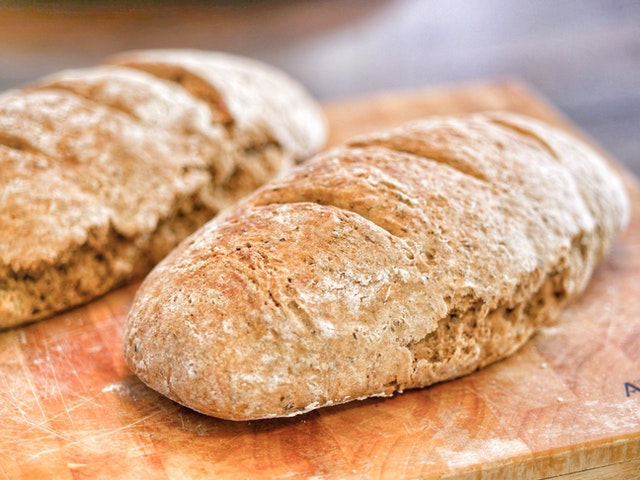7.1 Introduction
The conclusions drawn from a study are only as good as the data that the conclusions are based on, and the data are only as good as the study design that the data emerge from. The design of a study needs to be carefully considered.
A good study requires high internal validity: When studying the relationship between the response and explanatory variable, other possible influences should be eliminated. Many aspects of the design must be considered to achieve this goal, some of which are discussed in this chapter.

In this chapter, we will work with this RQ (based on Bird et al. (2008)):
Among Australians, does eating provided food made from wholegrain Himalaya 292 increase average faecal weight compared to eating provided food made from refined cereal?
Think 7.1 (Revision) For the Himalaya 292 study:
- Determine P, O, C and I.
- What are the variables?
- What type of study is this?
To answer this RQ, a study must be designed to collect the data. However, carefully thought must be given to how the study is designed. Some relevant design issues are discussed in this chapter for experimental studies. The next chapter considers design issues for observational studies.
Example 4.1 (Exclusion criteria) In the Himalaya study (Bird et al. 2008), the exclusion criteria were:
[…] a history of diabetes, gastrointestinal, renal, hepatic and cardiovascular disease, an intolerance to cereal-based foods, fasting plasma glucose concentrations > 6.1 mmol/l and medications or supplements likely to affect experimental endpoints
— Bird et al. (2008), p. 1033